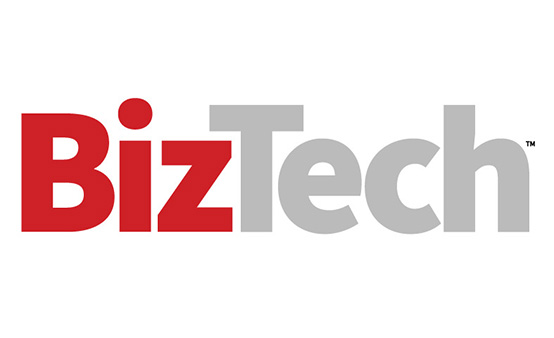Getting Started With AI
AI can mean different things to different companies. For some, the biggest promise of AI is found in automating key processes. For others, it’s about streamlining data analytics. And for still others, content generation is the priority.
Many are still formulating their goals. When it comes to getting started, first have a conversation with a qualified partner who knows what’s possible and what it takes to get you where you want to go. Once a basic plan is in place, the next step is selecting tools that enable desired outcomes. This often means using off-the-shelf technologies such as ChatGPT or Microsoft Copilot, which are known quantities in the AI industry.
RELATED: These small business solutions and services can help your organization.
Three AI Use Cases for Small Businesses
The evolving nature of AI tools means they’re not limited to specific applications. For small businesses, however, three use cases are most common:
- Automating routine tasks. AI tools can be used to automate tasks such as data entry, simple customer service and break-fix IT support. This allows staff to focus on higher-value organizational projects.
- Performing predictive maintenance. Equipment failure is costly and time-consuming. Whether it’s a server that suddenly stops working or production line machinery that abruptly seizes up, retroactive repairs are not ideal. By training AI with historical performance data along with information about early issue indicators, intelligent tools can help identify issues before they become problems. This allows SMBs to proactively perform maintenance, which saves time and money.
- Accelerating key processes. Advanced GPUs can work in tandem with AI tools to enhance data processing, improve graphics rendering and streamline the process of new content creation. This allows SMBs to complete projects more quickly and better compete with their corporate counterparts.
Click the banner below to learn how artificial intelligence is changing the nature of work.














